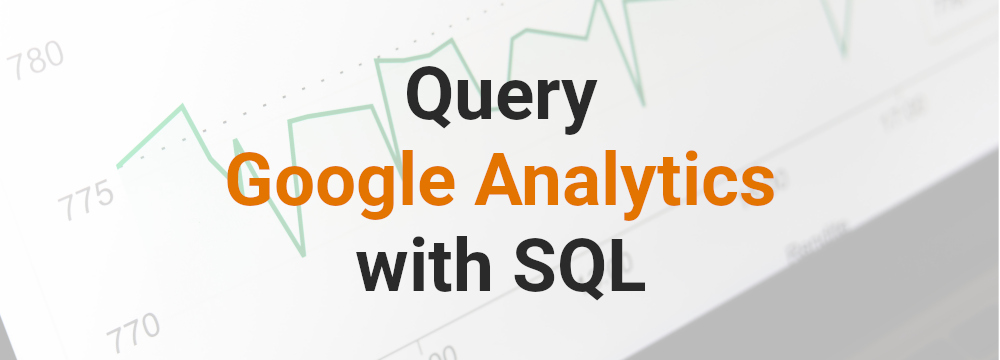SQL is the most popular language for professionals to communicate with databases and query data. Google Analytics is the most popular tool for digital analytics. How come there’s no way to query Google Analytics data using SQL? In this article, we’ll explore the solutions.
Category: Technical
BigQuery is an extremely powerful tool for analyzing massive sets of data. It’s serverless, highly scalable and integrates seamlessly with most popular BI and data visualization tools like Data Studio, Tableau and Looker.
Working with Google Analytics data in BigQuery has mostly been a privilege of those having a 360 version of Google Analytics. Its hefty price tag, though, has made that list quite short.
Google Analytics is a really good tool for marketing-focused digital analytics. And by far the most popular one in this segment. With some custom setup, you can also use Google Analytics for tracking SaaS and other web apps & products.
Two of the most common shortcomings of Google Analytics that most of the more advanced users experience, though, are the lack of hit-level granularity and sampling. In this article, we are taking a look at some of the ways you can overcome these shortcomings without spending a fortune on Google Analytics 360.
This blog post is aimed for anyone planning to build a data pipeline or upgrade their current setup.
An end-to-end analytics data pipeline is a secure and reliable mechanism that is responsible for feeding your business with valuable data that can be used for reporting, analysis, machine learning or any other activity that requires accurate data about your business.
Enhanced Ecommerce is one of the most powerful and flexible features of Google Analytics. Its flexibility, though, leaves a lot of room for errors in the setup.
In this article, we are covering everything you need to know about the problem of duplicate transactions, a root cause of skewed data in many Google Analytics instances.
Python is a programming language with virtually limitless functionalities and one of the best languages for working with data. Jupyter Notebooks, on the other hand, is the most popular tool for running and sharing both your Python code and data analysis.
Putting Python and Notebooks together with Google Analytics, the most popular and a really powerful tool for tracking websites, gives you almost like a superpower for doing your analysis.
While it might look like a normal WordPress blog post (like all the previous posts on our blog), you are actually looking at a Jupyter Notebook.
In this first proof-of-concept blog post/Notebook, we are showing you how Notebooks work and a few cool things you can accomplish with them.
Out of the box, Google Analytics already tracks a bunch of really useful data points. What the default setup lacks, though, is context and events that are specific to your website and business.
Custom Events provide a perfect solution for adding context and tracking more specific user actions. In this article, we are giving you a good amount of ideas for custom events you should implement on your own and/or your clients’ websites.
Visitors rage clicking on certain elements on your website is a good indicator of a UX error. For example, people may click on a blue text that is not a link or on an image that has no click functionality.
If you have any experience with JavaScript-based A/B testing and/or personalization tools you know that flicker can be a real headache.
In case your tool of choice is Google Optimize, you should be using their official anti-flicker snippet to minimize the flicker effect.








